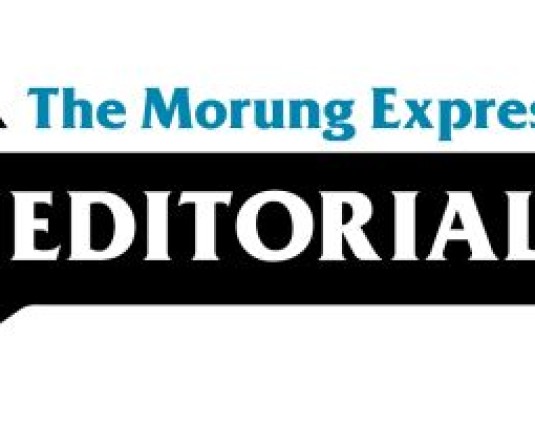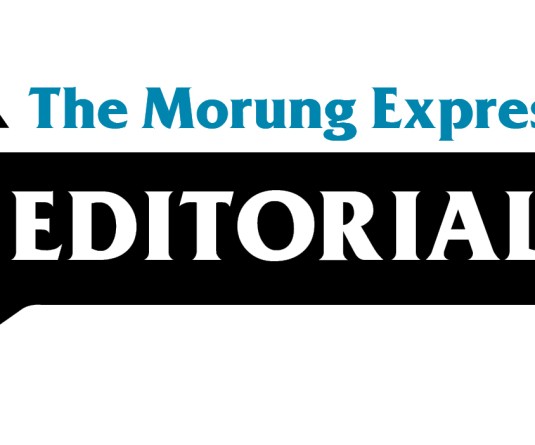
Imlisanen Jamir
Artificial intelligence (AI) has made significant strides in recent years, and one area where it has begun to make an impact is in the field of art. AI art, also known as machine art, is a type of artwork created using AI algorithms and technologies.
One such AI technology is Generative Pre-training Transformer, or GPT. Developed by OpenAI, GPT is a language model that is capable of generating human-like text. It has been used in a variety of applications, including machine translation, summarization, and question answering.
AI art can take many forms, including paintings, sculptures, and even music. Some AI art is created using machine learning algorithms that are trained on data sets of existing artworks. These algorithms can analyze patterns and features in the data and use that information to create new pieces of art that are similar in style or subject matter.
Other AI art is created using generative models, such as GPT, which can generate new and original works. These models are fed a large amount of data, such as text or images, and are able to use that information to create new content that is similar in style or subject matter.
The rise of AI art has sparked a debate about the role of technology in the creative process and the future of the art world. Some argue that AI art challenges the traditional definition of what it means to be ‘creative’ and that it threatens to replace human artists. Others argue that AI art simply expands the creative possibilities and allows for new forms of artistic expression.
There is no denying that AI has the potential to revolutionize the art world and the way we think about creativity. It allows for the creation of art that would not be possible for a human artist to produce, and it allows for the creation of art at a scale and speed that was previously unimaginable.
However, it is important to recognize that AI is still in its early stages and there is much that it cannot do. For example, AI art may be able to mimic the styles and techniques of human artists, but it lacks the emotional depth and complexity of human art. It is also worth noting that the creation of AI art requires a human element, whether it is the person who trains the machine learning algorithm or the person who writes the code for the generative model.
The role of AI in the art world is a complex and nuanced issue. While AI art has the potential to revolutionize the way we create and consume art, it is important to recognize its limitations and the human element that is still required in its creation. As AI technologies continue to advance, it will be interesting to see how they shape the future of the art world and creativity.
Comments can be sent to imlisanenjamir@gmail.com





